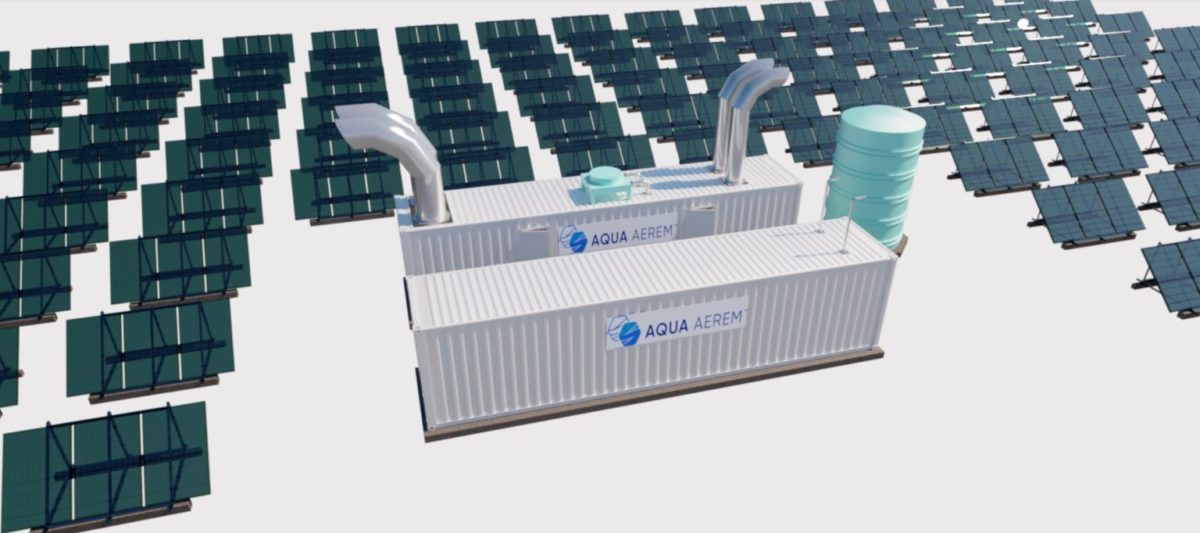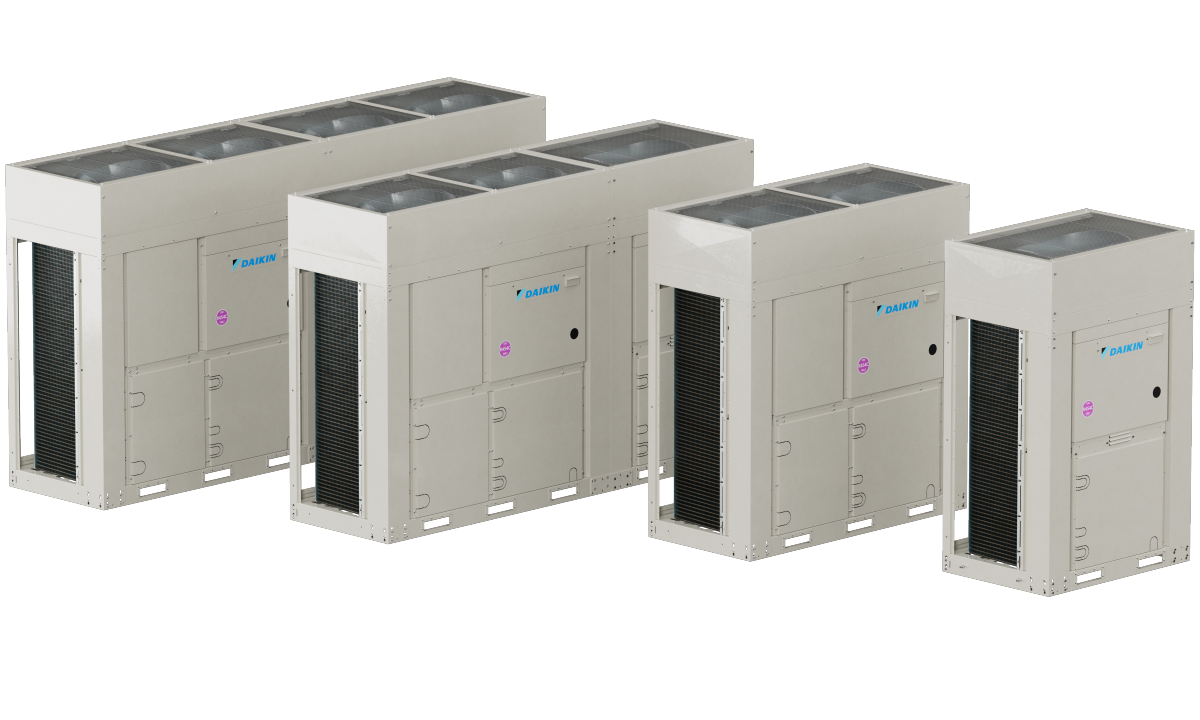The Northern Territory government has granted “Major Project Status” to “water-from-air” technology company Aqua Aerem to develop its AUD 15 billion ($10.7 billion), 10 GW Desert Bloom Hydrogen project in Tennant Creek, Northern Territory, with ambitious plans for commercial production by 2023.
Around the world, large-scale green hydrogen projects are being touted for highly irradiated regions looking to use solar resources for the future green hydrogen economy. However, it is often the case that highly sunny places are also places of high water scarcity. And this is exactly the hurdle that Desert Bloom could avoid.
According to Aqua Aerem, for every 1 kg of hydrogen produced, 9 liters of water are required. Aqua Aerem’s patented proprietary technology captures water from the atmosphere in arid environments using off-grid solar energy, with no waste other than air. This commercial quantity of water can then be used in solar electrolysis, with water split into its constituent parts, namely hydrogen and oxygen.
Aqua Aerem CEO Gerard Reiter said the project was “transformative” in the way it managed to overcome water supply and solar/electrolysis integration problems that have thus far held back global renewable hydrogen production.
“With today’s announcement, the pathway for green hydrogen becomes a reality,” said Reiter. “Our air-to-water technology, which solves this previously intractable water supply problem, is a world first; invented and developed here in Australia. This technology will open the door for green hydrogen projects to be located where the best renewable power sources are available, which is generally in the driest areas of the planet.”
From March, the company ran a 12-week pilot project at just such a dry area, Tennant Creek, close to existing gas pipeline infrastructure. It is now moving to a commercial construction phase in 2022, with plans to produce approximately 410,000 tons of green hydrogen annually by 2027 at a price point below $2/kg.
Like other large-scale green hydrogen projects, Desert Bloom is being planned as a series of interconnected modular and portable systems, in this case, 2 MW hydrogen production units (HPUs) that will each generate water, heat, electricity, and of course hydrogen. If everything goes according to plan Desert Bloom will comprise around 4,000 HPUs.
According to a statement, Aqua Aerem’s majority owner, Sanguine Impact Investment, will be providing the capital for the project, and already has agreements with a large unnamed Japanese gas buyer and NT power utility Territory Generation.
“The project has multiple competitive advantages,” Reiter continued. “It uses proven technology and has its own water supply. It benefits from the world’s best solar resources, does not require large sunk costs before it begins producing, and it is located at the ‘energy corridor’ of rail, road and gas pipeline infrastructure linking directly to Darwin Port. It also offers the most direct, cost-effective route to Asian export markets.”
For these reasons, Reiter believes the project will reach the US$2/kilogram hydrogen goal, the closest project outlook yet to Australia’s National Hydrogen Strategy target of $2/kilogram.
Northern Territory Chief Minister Michael Gunner said the development of projects such as Desert Bloom Hydrogen would see the territory play a leading role in the emerging renewable hydrogen market.
“Being the ‘comeback capital’ means diversifying the projects we have in the Territory – and Desert Bloom now marks the territory’s 14th major project that’s in the works,” said Gunner. “Territorians will see the benefits on the ground in Central Australia and in the Top End with around 1,000 jobs and AUD 1 billion a year in export revenue from this project alone – it’s good news for the territory.”
“Desert Bloom Hydrogen technology provides an innovative approach to secure a sustainable water supply, which is an essential in the development of renewable hydrogen and will be particularly valuable in arid areas,” said NT Minister for Renewables and Energy Eva Lawler.
Major Project Commissioner Jason Schoolmeester also noted the potential of Desert Bloom to supply renewable power to regional industries “including mining and agribusinesses.” Schoolmeester said it “will provide a competitive advantage in a world that is increasingly focused n sustainable supply chains.”
This content is protected by copyright and may not be reused. If you want to cooperate with us and would like to reuse some of our content, please contact: editors@pv-magazine.com.




2 comments
By submitting this form you agree to pv magazine using your data for the purposes of publishing your comment.
Your personal data will only be disclosed or otherwise transmitted to third parties for the purposes of spam filtering or if this is necessary for technical maintenance of the website. Any other transfer to third parties will not take place unless this is justified on the basis of applicable data protection regulations or if pv magazine is legally obliged to do so.
You may revoke this consent at any time with effect for the future, in which case your personal data will be deleted immediately. Otherwise, your data will be deleted if pv magazine has processed your request or the purpose of data storage is fulfilled.
Further information on data privacy can be found in our Data Protection Policy.